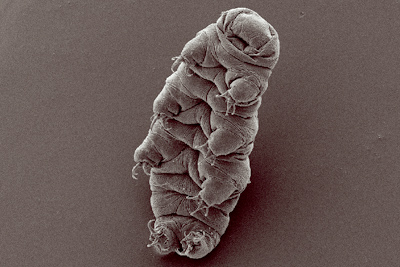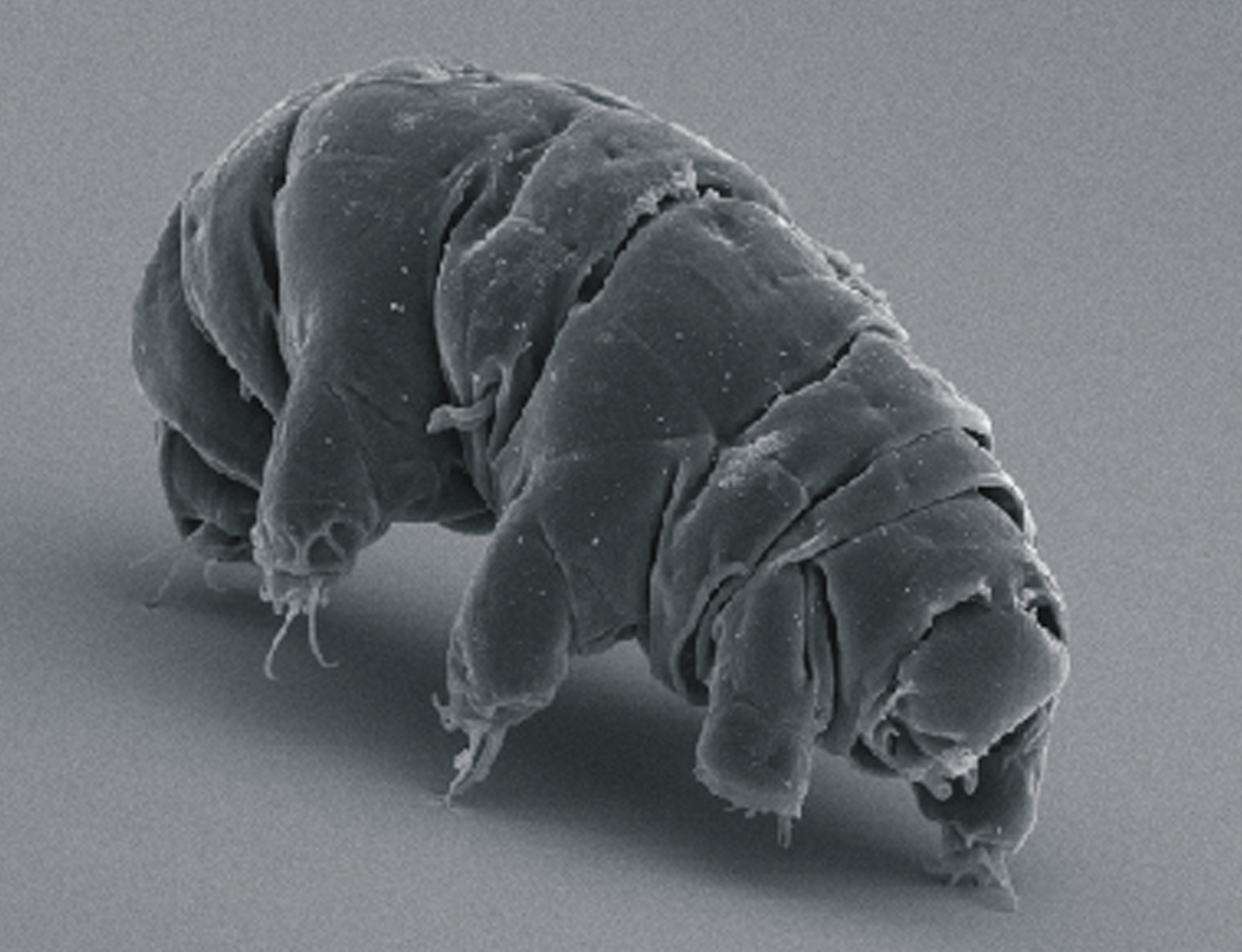Could the Genome Sequence of Water Bears could help us Live longer

If you think we have evolved to be the toughest and most brutal of all creatures, think again and then again. The toughest of all living organisms on our planet have to be the Tardigrades, or as they are commonly known as, water bears.
These microscopic animals are the next level in tough, with the ability to survive almost anything, literally anything you can name. From freezing cold to rapid dehydration, boiling temperatures to massive doses of lethal radiation and even a trip to space, there is nothing that could hold these tough sons of guns back.
Scientists have long observed these creatures and have recently managed to sequence their genome determine the reason behind their iron-clad survival techniques. Some futurists hope that by learning the survival mechanism of water bears we could be able to learn how to endure and survive the challenges of the future.
According to the study on these tiny survivors, the animals did not attain the ability overnight, rather they had to adopt a different mechanism and learned to tolerate the damaging impact of the habitat Tardigrades often live in. This ability stems from their DNA, over time they have learned to lose the bits that trigger the cells to feast on itself and produce dangerous hydrogen peroxide molecules in response to a stressful situation.
However, the Tardigrades genome did not simply work on releasing what may be harmful. A protective gene has evolved with new proteins that served to protect rather delicate strands of useful DNA from breaking up.
Researchers even introduced some of these protective proteins into a human kidney cell line with astonishing results. Once in a human kidney, these proteins enabled the cells within a kidney to withstand prolonged X-ray exposures and even a dose of dangerous hydrogen peroxide, a property that a normal kidney cell is not able to exhibit.

There are more than 1,000 various species of Tardigrades and are often less than a millimeter long with four pairs of creepy legs that end in a sucking disk or claws. The University of Tokyo have sequenced the genome of a particularly tough species of Tardigrades in order to understand their survival mechanism, and this is not the first time that a genome of Tardigrade went under observation.
The Tardigrade and their toughness has long been the subject of a tough debate as well, wherein one group of researchers claimed to have the evidence that a whopping 17 percent of Tardigrade DNA actually comes from other species, whereas the contesting studies suggest that these microbial sections did not come from another species rather these are the product of internal contamination.
The aim is that these newly discovered tough proteins inside Tardigrades’ DNA could one day enable humans to transform their cells to withstand harmful elements and potentially could live longer lives than their predecessors.
However, futurists have another perspective on the issue suggesting that Tardigrades provide us with a glimpse into the future of life as these creatures truly possess the ability to outlive us by millions of years.
